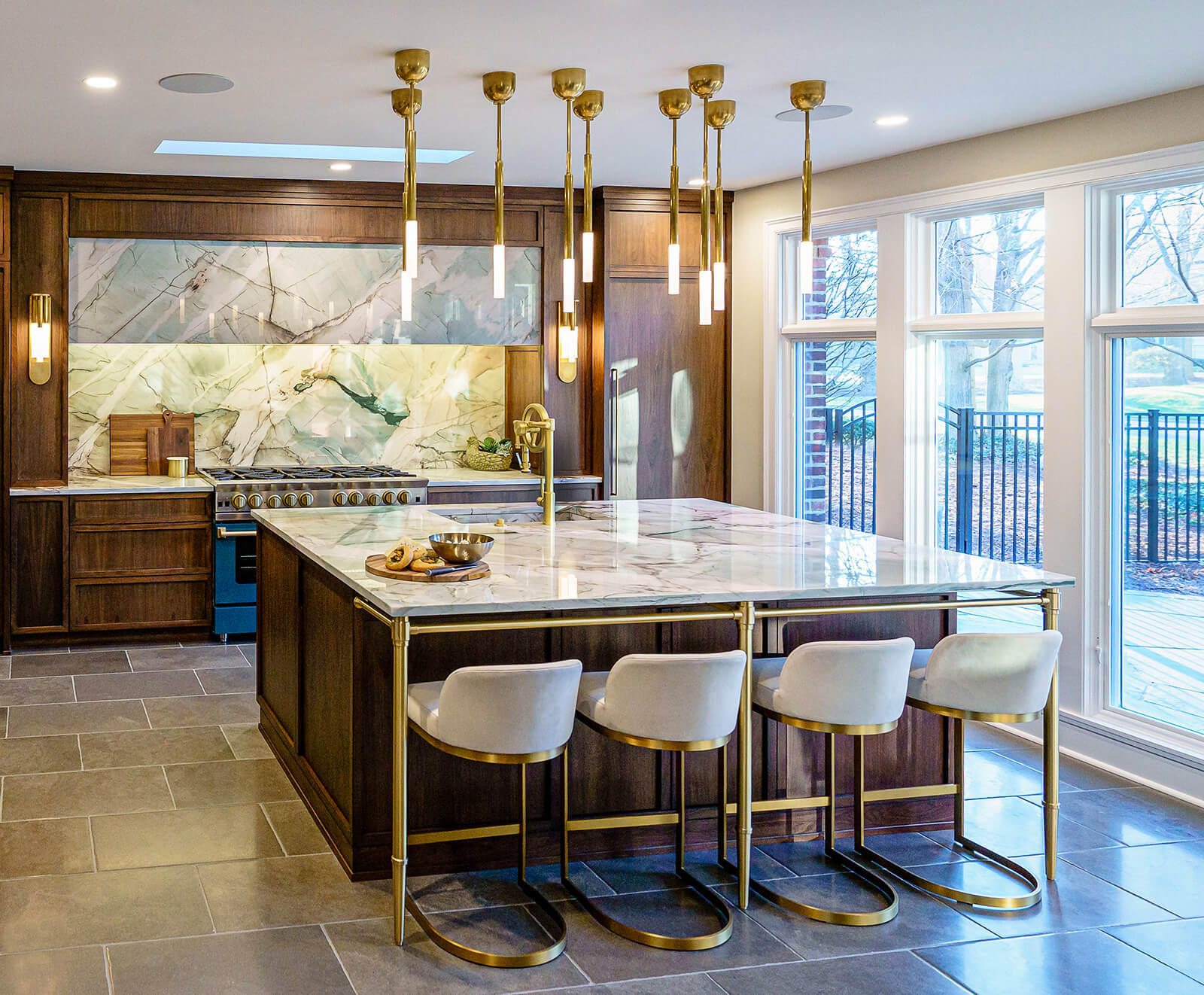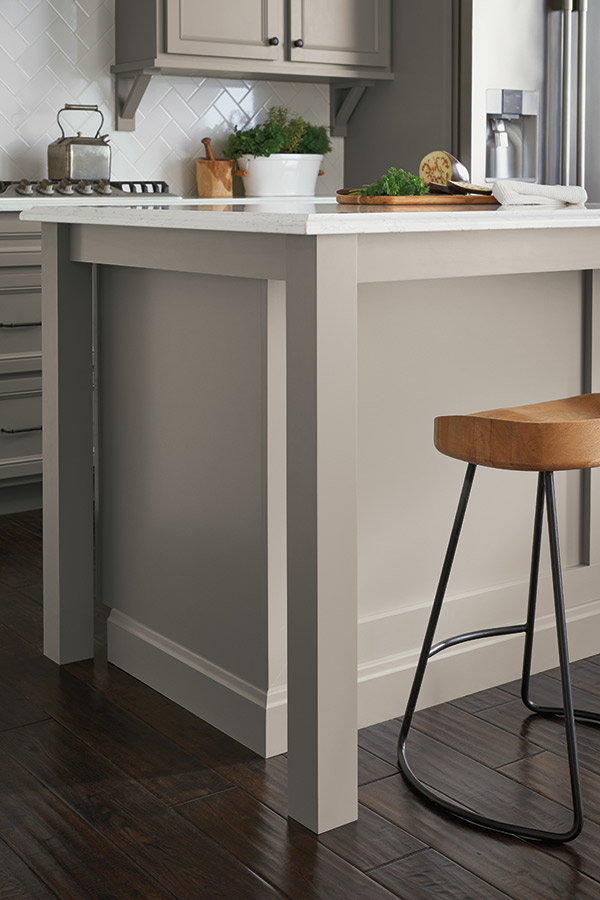Accomplish the Perfect Equilibrium of Form and Function with Legs For Kitchen Island
Accomplish the Perfect Equilibrium of Form and Function with Legs For Kitchen Island
Blog Article
An Overview to Picking the Perfect Legs For Kitchen Island for Your Home
Choosing the optimal legs for your kitchen area island is a nuanced choice that affects both the performance and visual appeal of this central space. As you consider these components, it comes to be noticeable that the appropriate legs can change not just the look of your kitchen but also its use for years to come.

Understanding Kitchen Island Legs
When selecting legs for a cooking area island, it's essential to recognize their functional and visual functions in the total layout. The legs function as a vital assistance system, ensuring security and longevity for the island, which often operates as a work space, dining location, or collecting spot. Consequently, the choice of product and building and construction technique need to be durable enough to endure day-to-day usage and potential wear.
Along with their architectural responsibilities, legs contribute substantially to the island's aesthetic allure. They can enhance the kitchen's style, whether through conventional, modern, or diverse styles. The elevation and percentage of the legs are additionally critical considerations; they should harmonize with the island's counter top height while making sure comfy seating for those making use of the area.
Moreover, the leg design can affect the total flow of the kitchen area. Open, ventilated leg designs can produce a sense of lightness, while solid, substantial legs may communicate an extra based and steady aesthetic - Legs For Kitchen Island. Understanding these practical and aesthetic facets will certainly assist house owners in making notified options that complement their kitchen's design and boost its use
Popular Styles and Products
The option of legs for a kitchen island includes a variety of prominent designs and materials, each offering special qualities that can improve both functionality and looks. Conventional legs typically display luxuriant information and workmanship, enhancing traditional cooking area designs.

Elevation and Stability Factors To Consider

Security is one more essential factor to consider. The legs of the kitchen area island should offer appropriate support, making certain that the framework can hold up against everyday use without shifting or tottering. Product selection plays a considerable function in security; steel legs, as an example, have a tendency to provide higher stamina contrasted to wood. Furthermore, ensuring that the island is securely anchored to the floor or wall surface can improve security, specifically for bigger islands that might bear significant weight.
Matching Your Kitchen Area Visual
Picking the appropriate legs for your kitchen island goes past performance; it also plays a substantial function in the overall aesthetic Clicking Here of the room (Legs For Kitchen Island). When choosing legs, think about the layout style of your kitchen area.
Shade is another essential variable. Legs that complement or contrast with your island's surface area and bordering cabinetry can produce aesthetic consistency or striking centerpieces. Matching dark wood legs with a light marble countertop can include deepness and rate of interest. Furthermore, think about the finish of the legs; matte, shiny, or distinctive surfaces can substantially affect the total feeling of the kitchen area.
Setup and Maintenance Tips
Mounting kitchen island legs requires careful interest to detail to guarantee both stability and aesthetic charm. Begin by selecting an ideal place for your island, guaranteeing it is level and has ample room for motion. Make use of a stud read this finder to find wall studs if you are connecting the legs to a wall or utilizing brackets for included support. Mark the placement of the legs properly before boring.
When safeguarding the legs, use high-grade screws and, if required, timber adhesive for additional stamina. For steel legs, make certain that you are using proper supports and devices to avoid damages to your floor covering. It is advisable to inspect for levelness after setup, making changes as required to avoid wobbling.
Tidy the legs with an ideal cleaner, preventing rough materials that may scratch the surface area. By adhering to these installment and upkeep ideas, you can make sure that your kitchen area island legs continue to be both useful and aesthetically attractive.
Verdict
In verdict, choosing the appropriate legs for a kitchen island demands cautious consideration of height, security, and aesthetic compatibility. Inevitably, thoughtful leg choice plays a crucial function in boosting both the functionality and layout of the kitchen room.
When selecting legs for a kitchen area island, it's essential to comprehend their functional and aesthetic functions in the total design. Open, airy leg designs can create a sense of agility, while strong, substantial legs might share a more grounded and steady visual. The legs of the kitchen island must give sufficient assistance, making certain that the structure can stand up to day-to-day usage without moving or tottering.Mounting kitchen island legs requires cautious interest to detail to make sure both security and visual appeal.In conclusion, choosing the ideal legs for a cooking area island necessitates go to my blog cautious factor to consider of height, stability, and visual compatibility.
Report this page